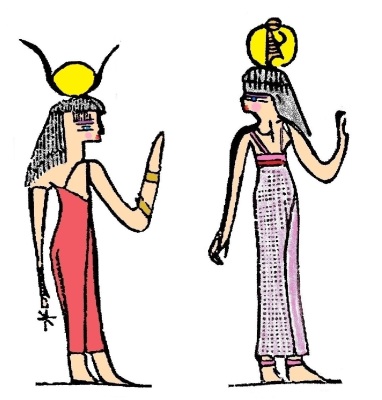Joseph Smith via Oliver Cowdery his scribe wrote:Joseph Smith’s Letter to Moses Nickerson, 19 November 1833
Since our arrival here, bro. Sidney has been afflicted with sore eyes, which is probably the reason why you have not previously heard from us, as he was calculating to write you immediately. But, though I expect that he will undoubtedly write you soon, as his eyes are considerably better, yet lest you should be impatient to learn something concerning us, I have thought that perhaps a few lines from me, though there may be a lack of fluency in address according to the literati of the age may be received with a degree of satisfaction on your part
Sidney had sore eyes so he wasn’t up to writing a letter. But now we see Joseph who isn’t up to writing a letter himself for Rigdon, is willing to use Oliver his scribe and dictates a letter. Joseph rather apologetically mentions that he’s not the most literate sort and yet will manage to pen a letter by his scribe, nonetheless. I find it telling that Joseph is unwilling to simply write the letter himself but has to get others to do it for him.
Why can’t Joseph just pick up the pen and write himself? Are his eyes sore too or does he have poor vision and depend on others to do the writing for him? It seems that was the story of Joseph’s life, always getting others to write for him!
But the following letter is penned by Joseph to his uncle Silas Smith in 1833 and almost off the bat Joseph is apologizing again for his lousy ability to write or, so it seems:
I find it curious how Joseph and Emma had been married for over five years and yet in a private letter to his wife in making an effort to console different matters of interest, Joseph admits he has a hard time writing letters:
Joseph Smith used scribes for what may seem like a variety of reasons but could the underlying reason be that he just had a hard time writing because his vision was poor and perhaps felt like he couldn’t connect with the words he was attempting to write because they were blurry?
This is pure speculation on my part. But it seems reasonable. Do you think?




